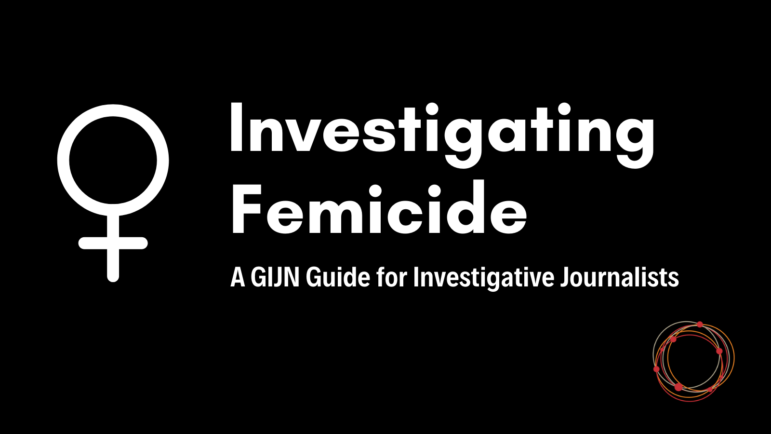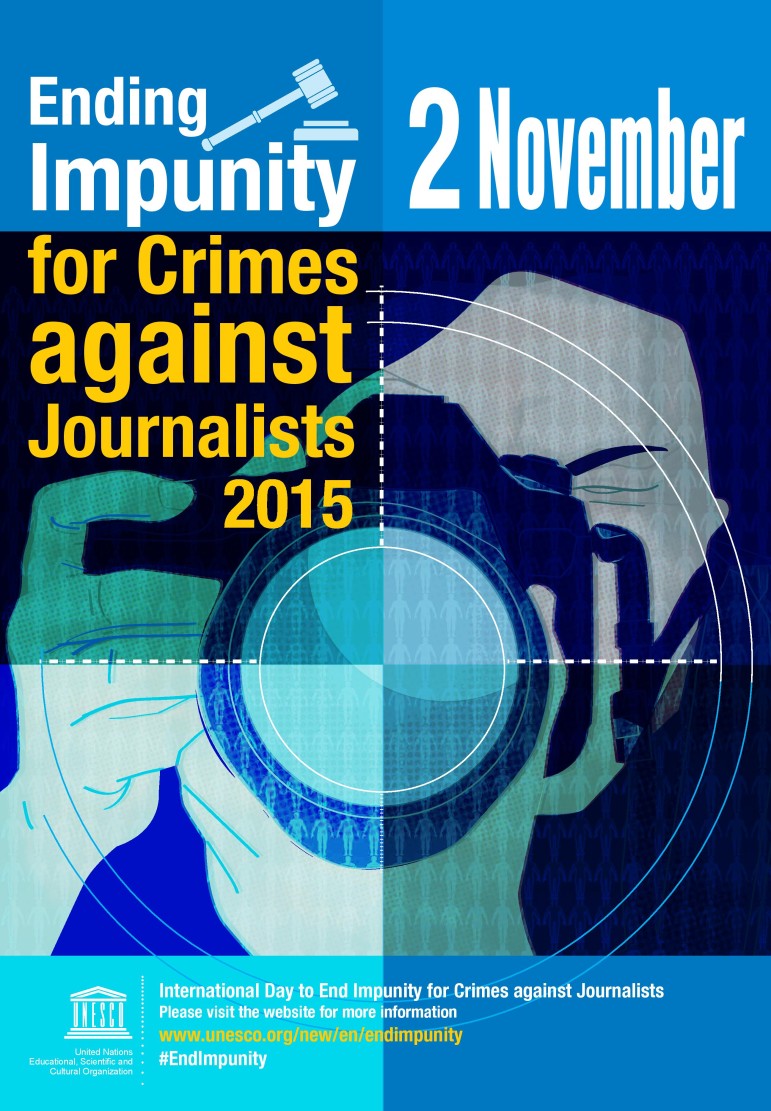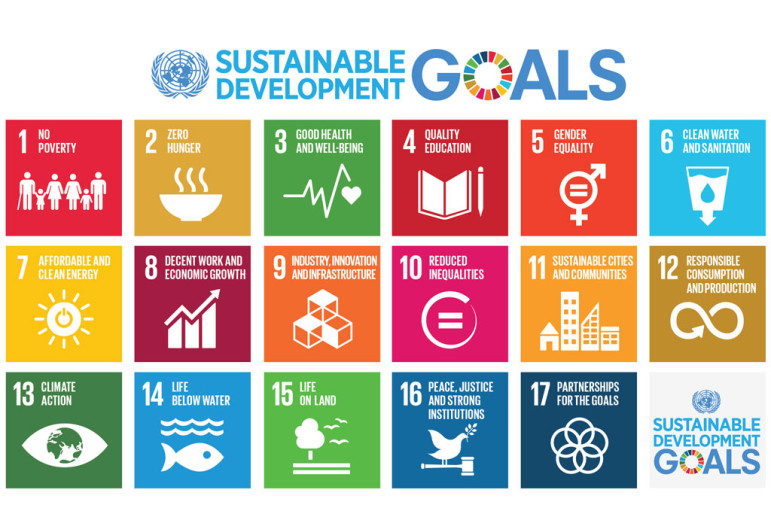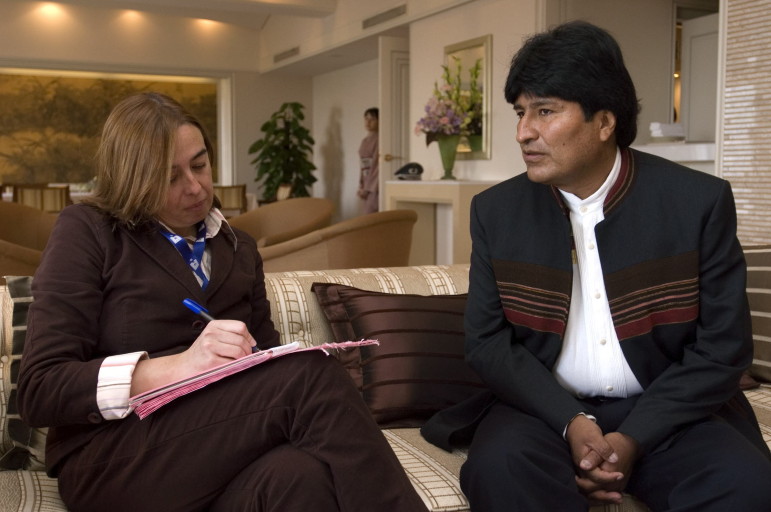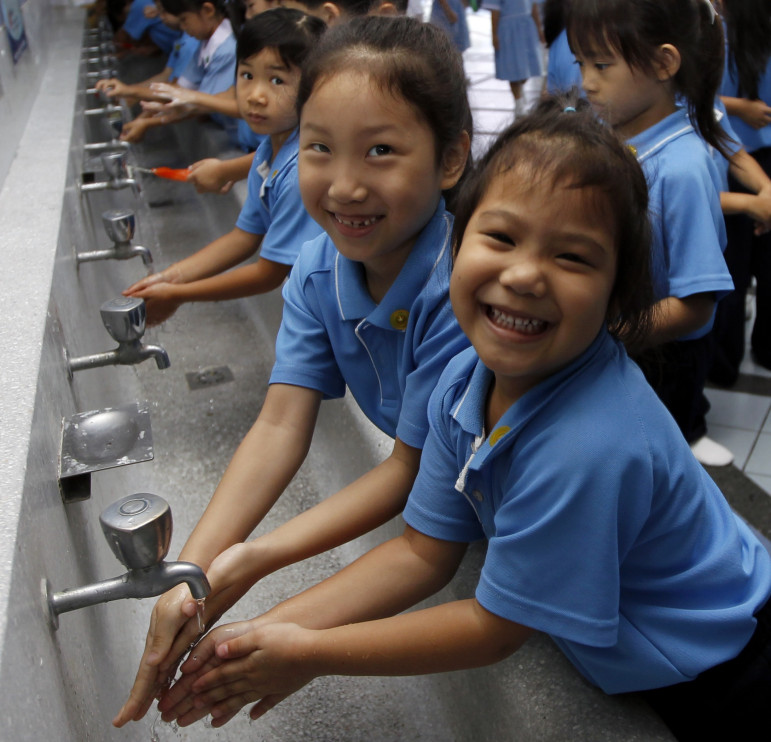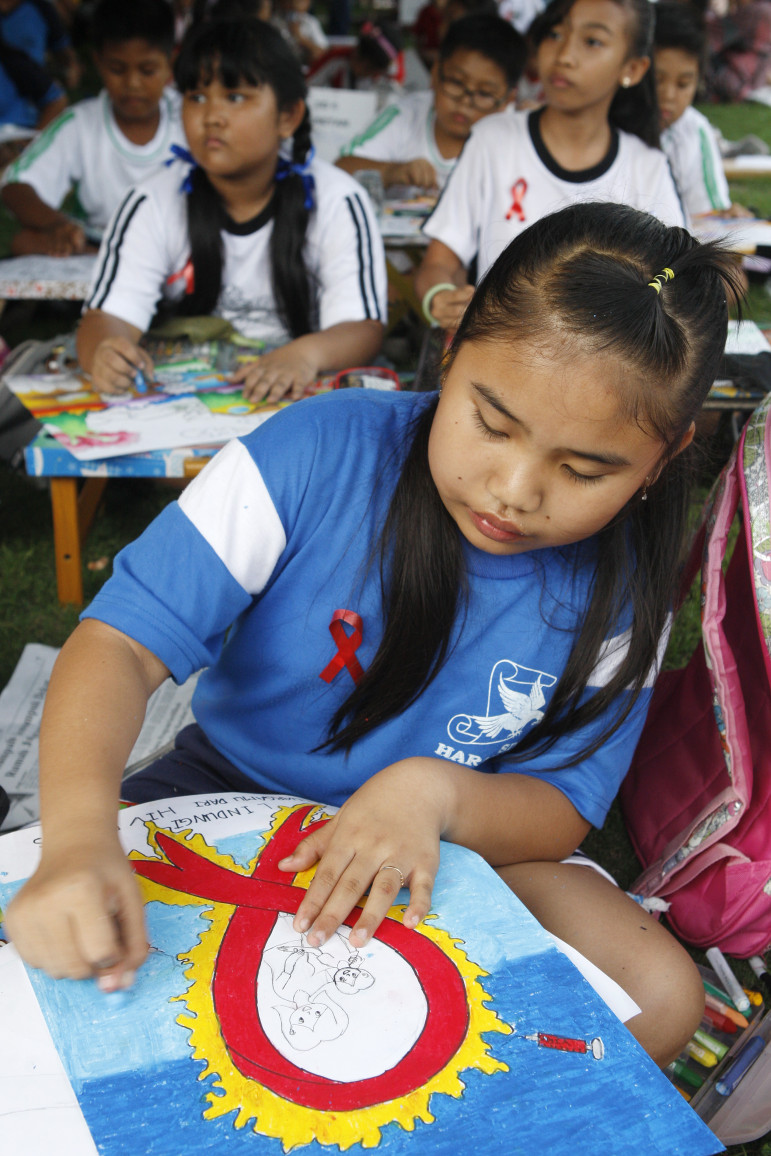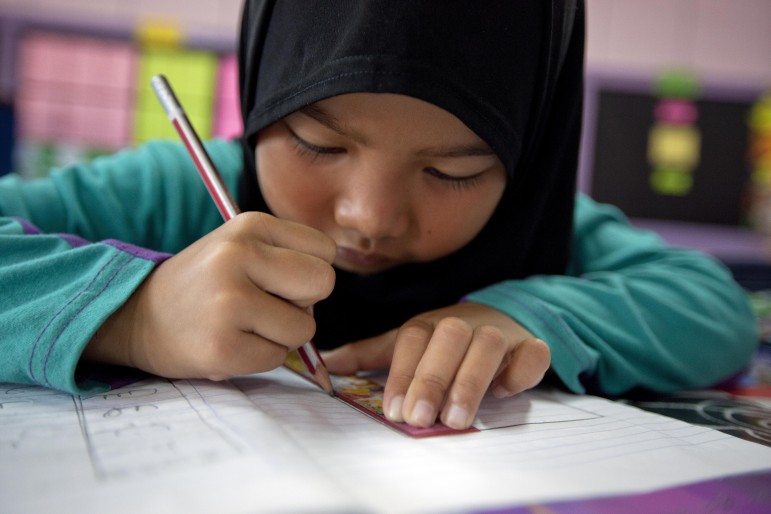Guide Resource
Investigating Femicide: A GIJN Guide
Femicide — the intentional murder of women because they are women — is a global problem. According to the UN’s latest estimates, 50,000 women and girls are killed each year by intimate partners or other family members. GIJN’s latest resource aims to help journalists understand what femicide is, find and understand the data available, and suggest which experts to interview.

